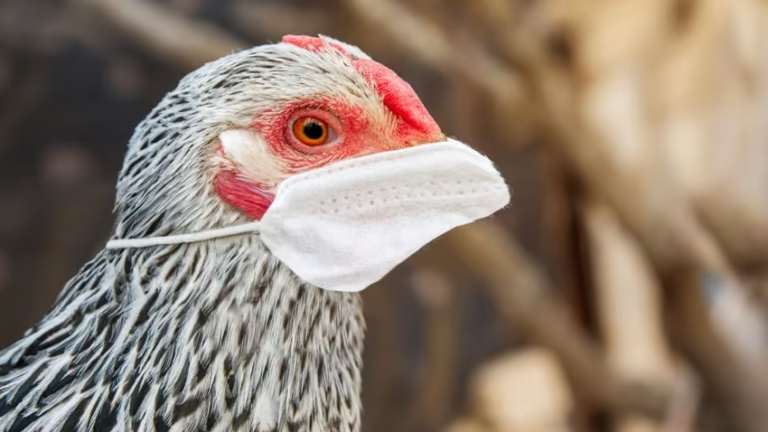Norovirus Outbreaks Surge Across the Country
The Centers for Disease Control and Prevention (C.D.C.) has reported an unusually high number of norovirus outbreaks across the U.S. this December. During the first week alone, there were 91 suspected or confirmed outbreaks—the highest for this time of year in recent records, including pre-Covid-19 years.
Norovirus outbreaks, while possible year-round, peak between November and April. This highly contagious virus affects 19 to 21 million Americans annually, causing sudden gastrointestinal distress such as vomiting and diarrhea.
Recent Outbreaks and Recalls
One significant incident this month involved at least 80 people falling ill after consuming raw oysters at a restaurant event in Los Angeles. These oysters, sourced from British Columbia, Canada, were distributed across 14 states and Washington, D.C., before being recalled. The Food and Drug Administration (F.D.A.) has advised against consuming these oysters. Other recent recalls linked to norovirus include fresh and frozen berries, according to F.D.A. data.
How Norovirus Spreads
Norovirus is extremely contagious due to its ability to survive on surfaces for days or weeks and its ease of transmission. People can contract it through direct contact with an infected individual, contaminated food or water, or touching surfaces where the virus is present.
Dr. William Schaffner of Vanderbilt University noted an incident in Tennessee where a single infected person vomiting in a parking lot led to the infection of an entire bridge club. Investigators later found traces of the virus on playing cards.
Crowded indoor environments like schools, cruise ships, nursing homes, and daycare centers are hotspots for the virus. Contaminated water also poses a risk, particularly when untreated sewage infiltrates irrigation systems, which can introduce the virus into the food supply. Shellfish like oysters and mussels are often implicated as they filter water and can concentrate viruses in their tissues.
Tips to Avoid Norovirus
Practicing good hand hygiene is essential in preventing norovirus. However, alcohol-based sanitizers may not be effective. The C.D.C. advises thorough handwashing with soap and water for at least 20 seconds, especially after bathroom use, diaper changes, or before preparing food.
Additional precautions include:
- Cooking shellfish to an internal temperature of 145°F.
- Washing fresh produce and food preparation surfaces thoroughly.
- Limiting contact with infected individuals or contaminated surfaces.
Contaminated linens should be washed in hot water on the longest cycle and dried on high heat. Infected individuals should avoid handling food for others until at least two days after symptoms subside.
Symptoms and Treatment
Norovirus typically causes sudden and intense vomiting, along with diarrhea, nausea, and stomach pain. Symptoms appear quickly, distinguishing it from other gastrointestinal illnesses.
There is no specific antiviral treatment for norovirus. Recovery usually occurs within a few days with adequate rest and hydration. However, young children, older adults, and immunocompromised individuals may face severe dehydration, which can require hospitalization for IV fluids.
Although norovirus symptoms subside within days, the virus can linger in feces for up to two weeks, making it important to maintain precautions even after feeling better.
“This virus is tenacious,” said Dr. Schaffner. “Ongoing vigilance is key to preventing its spread.”




